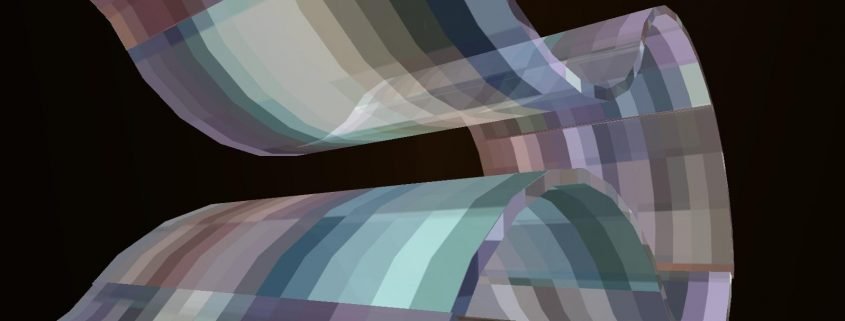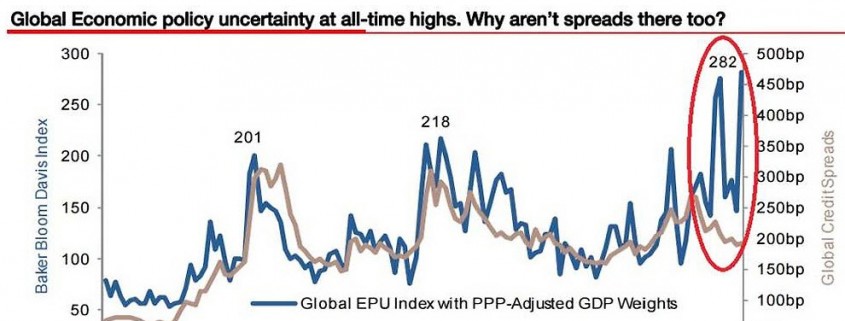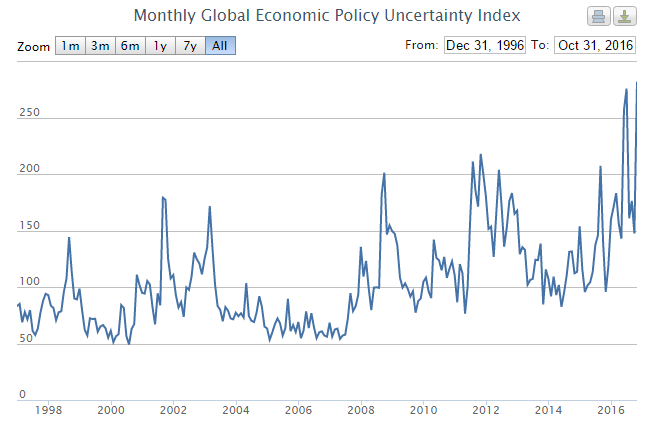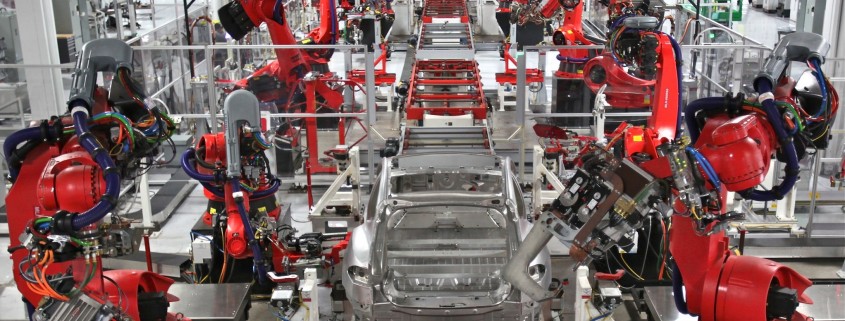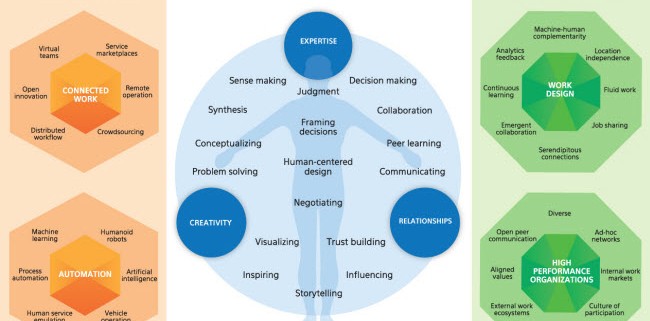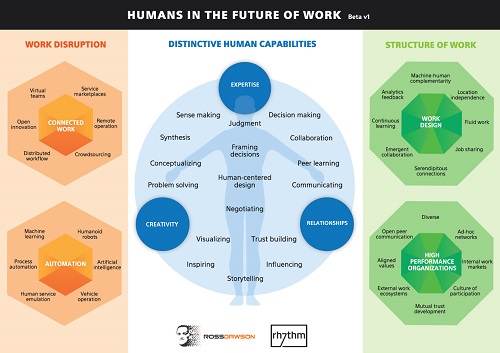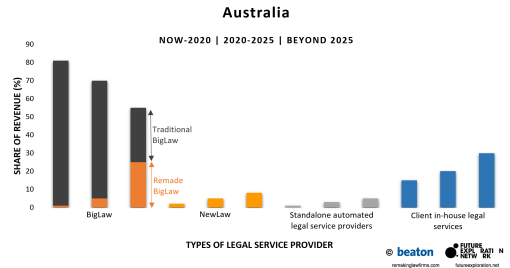The power of humans: how companies will compete with humanity against AI
I was recently interviewed for an interesting article in The Guardian Brand human: why efficient automation will not always be best for business.
The main thrust of the article was about whether companies would choose to hire humans rather than use machines to win customers and improve perception of their brand. It is an interesting point, though I view it as fairly unlikely that consumers will actively shift their buying to companies that hire humans in roles that machines could do.
Read more →


